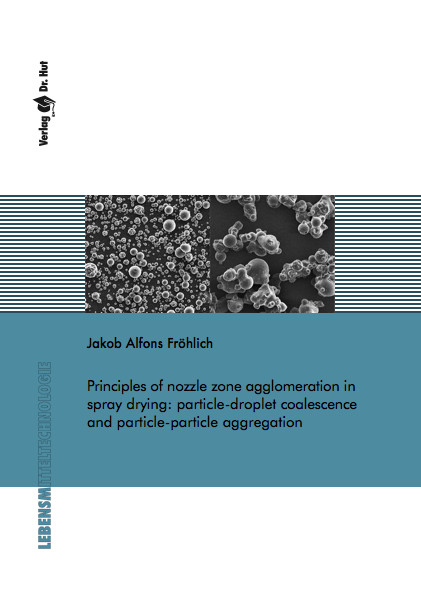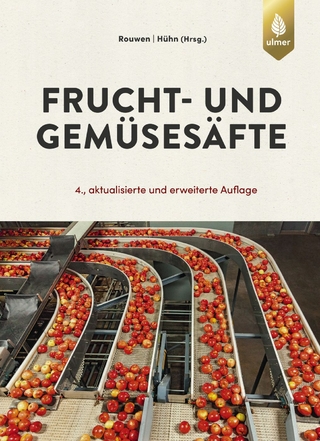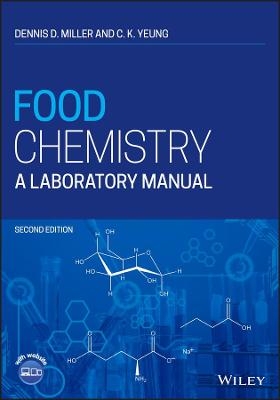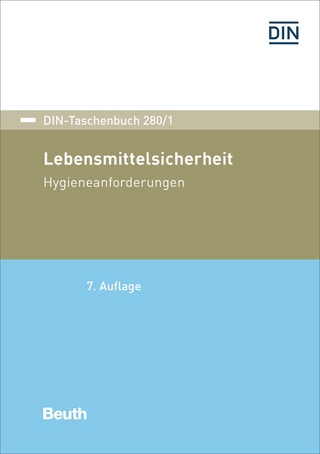
Principles of nozzle zone agglomeration in spray drying: particle-droplet coalescence and particle-particle aggregation
Seiten
2023
Dr. Hut (Verlag)
978-3-8439-5216-3 (ISBN)
Dr. Hut (Verlag)
978-3-8439-5216-3 (ISBN)
- Titel nicht im Sortiment
- Artikel merken
Agglomeration is implemented in multi-stage spray dryers by recirculating fine material into the nozzle zone. Dry particles are forced to collide with drying droplets to form agglomerates. The resulting beneficial powder properties are contrasted by a process without direct control options of the product properties. A mechanistic approach has been applied to describe the agglomeration mechanisms. The incorporation of dry particles into the droplets was quantified by adding a marker powder to the fines return system of a pilot plant spray dryer. The marker powder was distributed over the entire size distribution of the agglomerates. The surface coverage increased with increasing total solid content of the feed solution (TS). Coalescence of fines and droplet depends on the drying state of the droplet and increased with decreasing TS. Agglomerates properties supported the hypothesis that the nozzle zone agglomeration is influenced by a counterflow air classification effect in the drying chamber. Fines mass flow rate showed a correlation with agglomerate properties. Investigations using an agglomeration parameter confirmed that the reduction in fines mass flow correlates with a decreased coalescence tendency. With high total solids in the feed solution, the change in agglomerate size and sphericity was more pronounced, indicating a loose "grape-like" structure. The agglomeration efficiency increased with increasing fluidised bed air flow rate and was dominated by collision frequencies. Sticking probabilities are the main contributor to the altered agglomerate structure formation. Higher agglomeration efficiencies lead to shorter times to agglomeration formation and reduce thermal damage to the product. The results of this work add insight into agglomeration in the nozzle zone during spray drying as agglomeration mechanisms involved were clarified, which contributes to improved product quality control and scaling for multi-stage spray dryers.
| Erscheinungsdatum | 05.02.2023 |
|---|---|
| Reihe/Serie | Lebensmitteltechnologie |
| Verlagsort | München |
| Sprache | englisch |
| Maße | 148 x 210 mm |
| Gewicht | 270 g |
| Themenwelt | Technik ► Lebensmitteltechnologie |
| Schlagworte | Agglomeration • food powders • Spray Drying |
| ISBN-10 | 3-8439-5216-7 / 3843952167 |
| ISBN-13 | 978-3-8439-5216-3 / 9783843952163 |
| Zustand | Neuware |
| Haben Sie eine Frage zum Produkt? |
Mehr entdecken
aus dem Bereich
aus dem Bereich
Technologie, Chemie, Mikrobiologie, Analytik, Bedeutung, Recht
Buch | Hardcover (2023)
Verlag Eugen Ulmer
140,00 €


